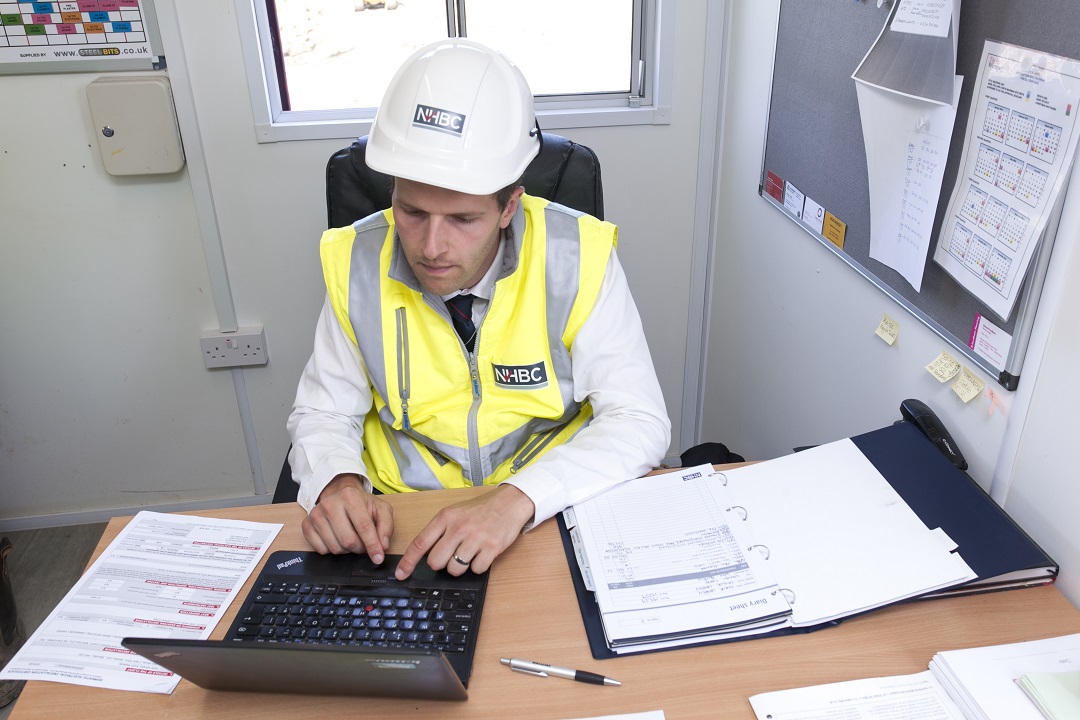Technical news
Stay ahead of the competition with the latest technical news and updates.
Find out more9 July 2018

The Welsh Assembly Government have published amendments to Part G and a new Part Q for use in Wales. The new requirements will come into force on 1 November 2018.
The changes are summarised below.
Regulation 36 revised
New requirement in schedule 1 for ‘water efficiency of buildings (other than dwellings and healthcare buildings)’
Applies to all new buildings and extensions other than:
Healthcare buildings mean:
Approved Document G
Requirement G2A
New guidance introduced to support Requirement G2A which is based on a performance standard that gives maximum fittings consumption figures for:
Same statutory requirement as England but with reference for the need to ‘deter and resist’ unauthorised access. England just refers to ‘resist’ unauthorised access.
Part Q in Wales applies solely to newly erected dwellings whereas Part Q in England also applies to dwellings formed by a change of use.
Performance
Additional reference in Approved Document Q Wales to detailing the provisions necessary to ‘deter unauthorised access’.
This applies to:
Measures – security lighting will meet the requirement if it can act as a deterrent against crime.
Section 1 - Doors
In Wales guidance for interconnecting doorsets refers to garages and conservatories.
In England the guidance refers solely to garages
In Wales reference is made to PAS 24: 2016
In England reference is made to PAS24:2012
In Wales reference is made to Secured by Design’s New Homes 2016
In England reference is made to Secured by Design’s New Homes 2014
In Wales there is no reference to DHF specification TS 008:2010 for letter plates
In England Letter plates meeting DHF specification TS 008:2012 are deemed to protect against attacks
In Wales the Note to paragraph 1.4 regarding alternative caller-identification measures does not exist.
Section 2: Windows
In Wales reference is made to PAS 24: 2016
In England reference is made to PAS24:2012
In Wales reference is made to Secured by Design’s New Homes 2016
In England reference is made to Secured by Design’s New Homes 2014
Section 3 – Security Lighting
Section 3 – Security Lighting applies in Wales but not in England.
In Wales all elevations containing entrance doors into a dwelling or the entrance doors and communal areas of a building containing dwellings should have external security lighting.
The amendments to Part G and the new Part Q in Wales come into force on the 1 November 2018.
These changes do not apply where:
Commencement of work
The Welsh Government has not confirmed what they would consider as a suitable commencement on site for the purposes of these changes. However for previous regulation changes the Welsh Government’s opinion of commencement of work would usually be marked by work such as:
The Welsh Government considers that the following sorts of work would not be likely to constitute the commencement of work:
In some cases applications will be in respect of a number of buildings on a site, for example a number of houses. In such cases it is the commencement of work on the first of the buildings within the application which determines whether all the building work can take advantage of the transitional provisions, not each individual building.
Stay ahead of the competition with the latest technical news and updates.
Find out moreTo help you interpret and apply the NHBC Standards we produce Technical Guidance Documents on the page below.
Find out moreNHBC is uniquely placed to offer relevant, best practice technical training.
View coursesYour essential guide to house building from foundations to roofs and finishing.
Read moreTechnical queries and quotes
Any technical information contained on this website is produced by NHBC as guidance solely for all our builder customers as to how to interpret the technical requirements in relation to the warranty cover provided by NHBC under its Buildmark, Buildmark Choice, Buildmark Link, Buildmark Solo, Buildmark Connect or any similar product from time to time. It has not been created or intended for distribution or use outside of that purpose. The technical information contained on this web page does not constitute advice and is not to be relied upon by any third party. Nothing on this web page is intended to, nor should it be taken to, create any legal or contractual relationship. Any third party who chooses to rely upon the information contained on this web page shall do so entirely at their own risk and NHBC accepts no duty of care or liability, however caused, in connection with its use or reliance by any third party.